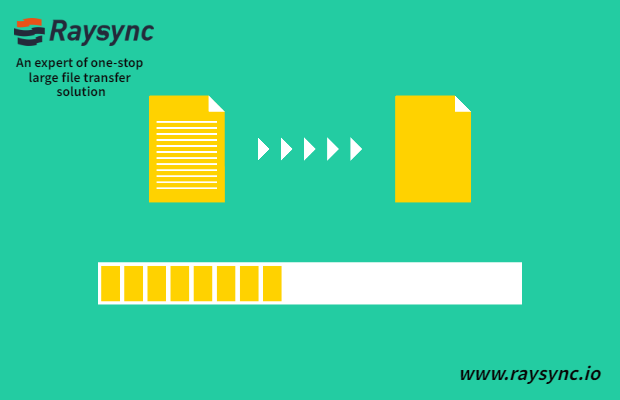Raysync Tutorial - Three File Sync Modes You Should Know

In order to solve the problem of fast synchronous backup of large files, based on the high-speed transfer protocol, Raysync developed the synchronous backup function of GB/TB large files, which can increase the speed by more than 30 times.
There are three modes of the file sync function of Raysync, as follow:
- Select file sync in every second/minute/hour.

Enter the interval time in the input box, and select the time unit in the drop-down box. For example, if 60 seconds is set, the synchronization task will implement every 60 seconds.
- Select to run the sync task in XX hours XX minutes every day.

Time can be customized in the input box, for example, 16:10 every day, it will automatically start to sync at 16:10 every day.
- Synchronize once at a specific time.

Raysync supports file sync only once at a specific time. For example, if you set the sync time at 2021-12-13 11:00, the sync task will execute at this time only once.
You might also like

Industry news
September 30, 2021How to Speed up the Global Transfer for Film Productions?
On the IABM live held on 22nd September, 2021, Raysync discussed how to speed up the global transfer of film production!

Industry news
September 9, 2020How to Narrow the Transfer Speed Gap in Large File Transfer?
Raysync is easy to use and has high performance, which can easily solve the problem of TB-level large files and massive small files.

Industry news
June 11, 2020What is Managed File Transfer?
There has been an increased buzz around what Managed File Transfer (MFT) is and how it improves security, speed, and manageability of moving large files.